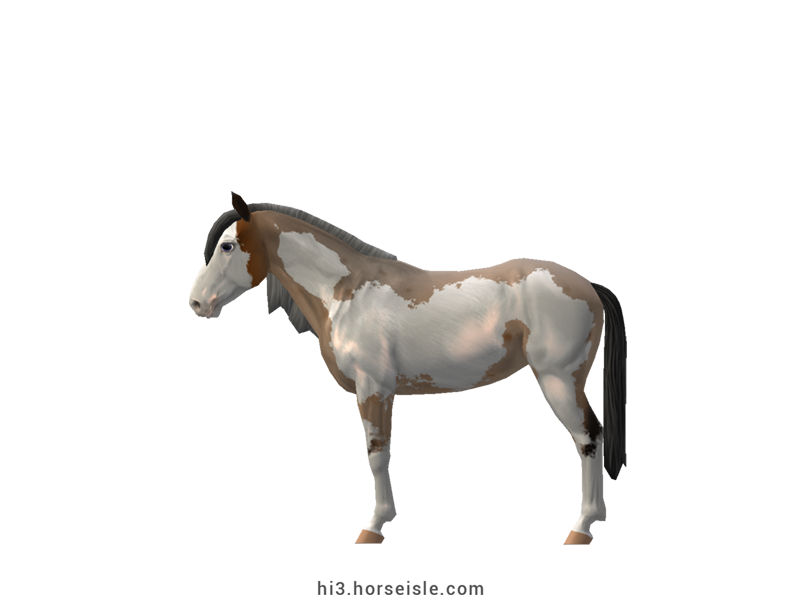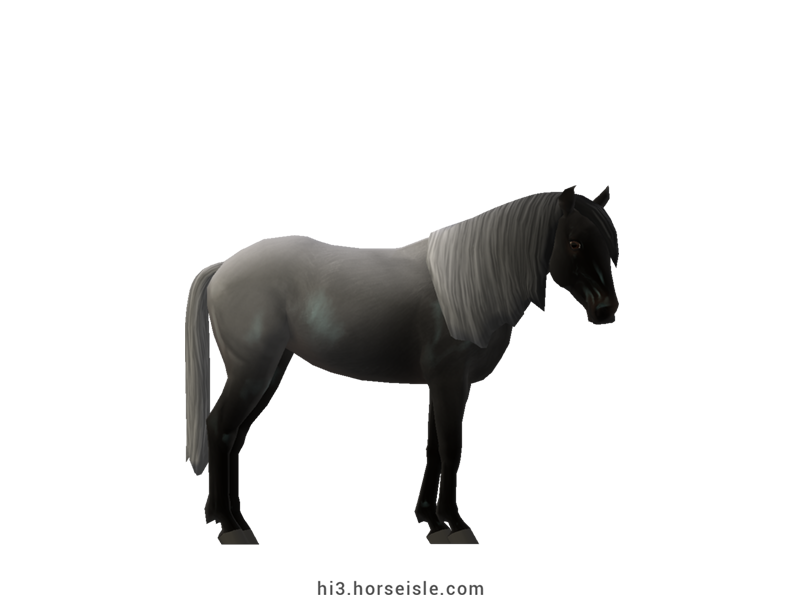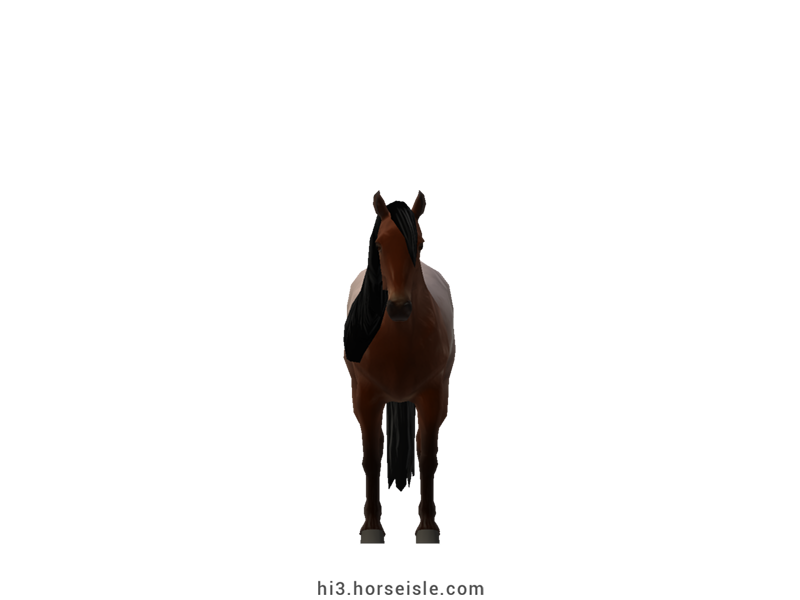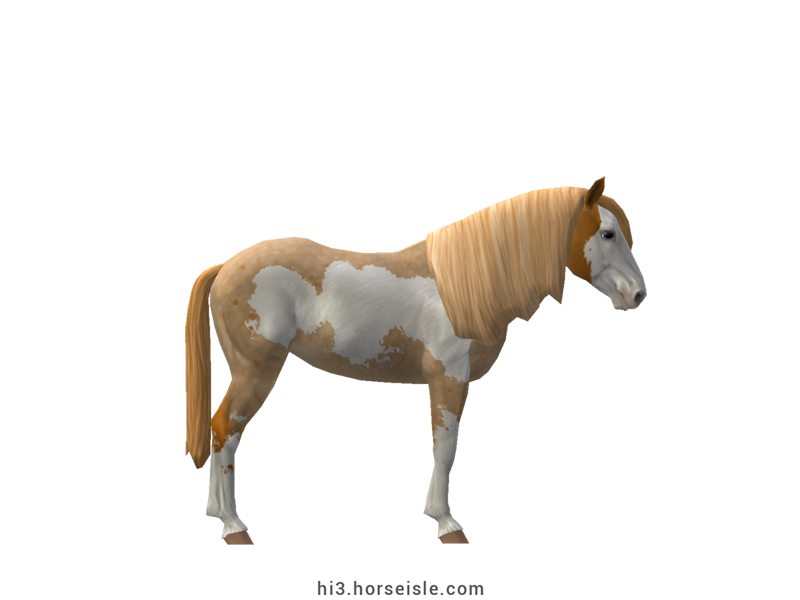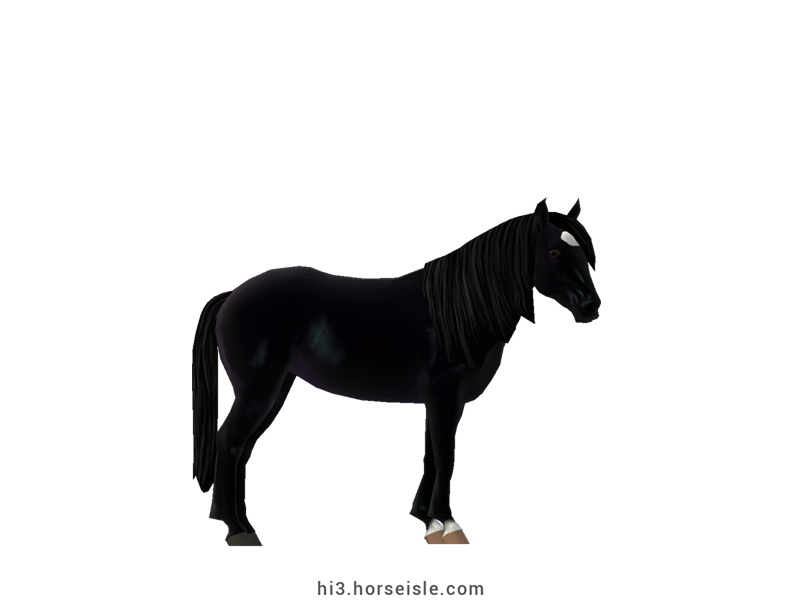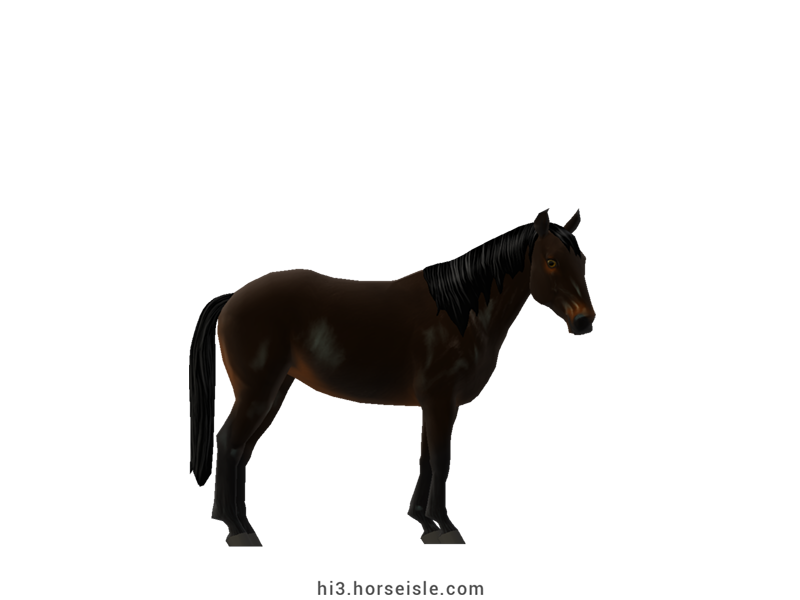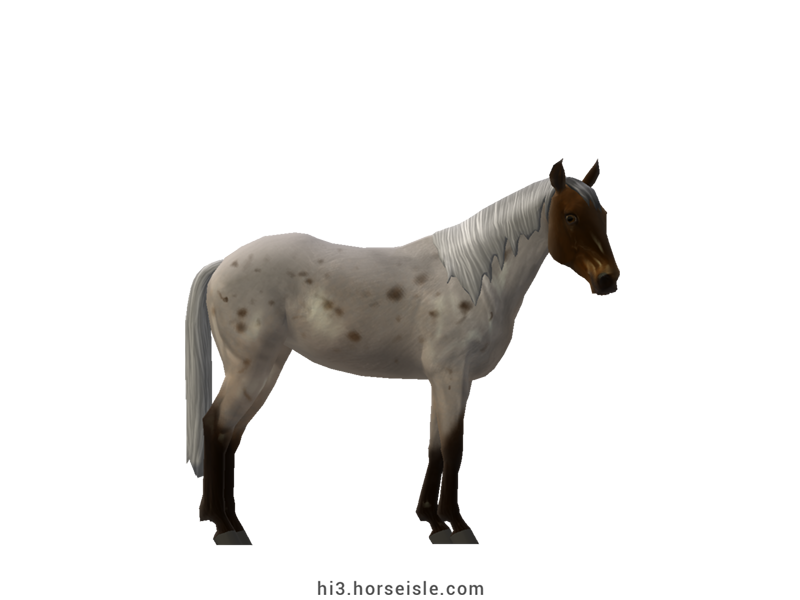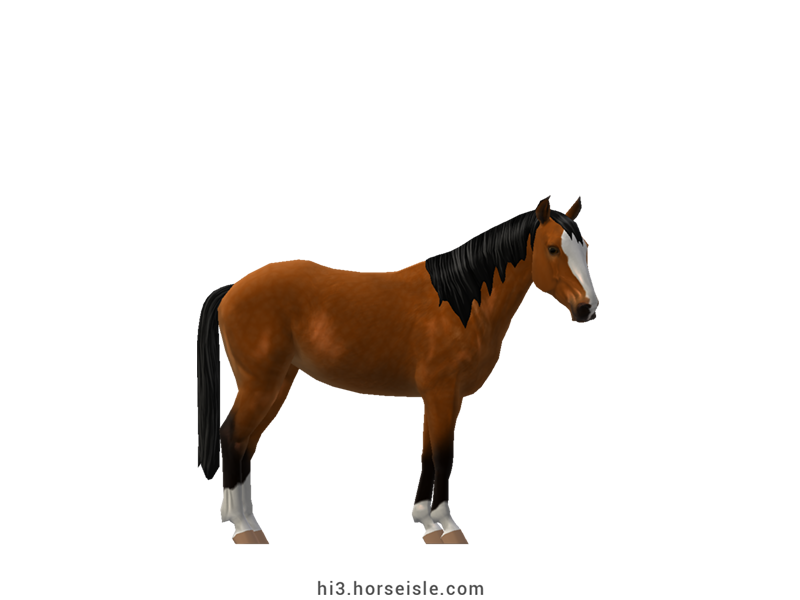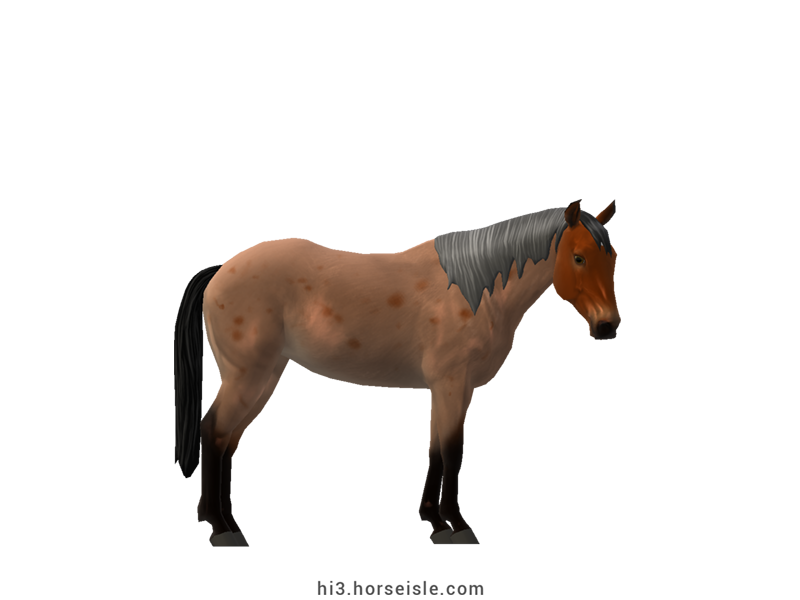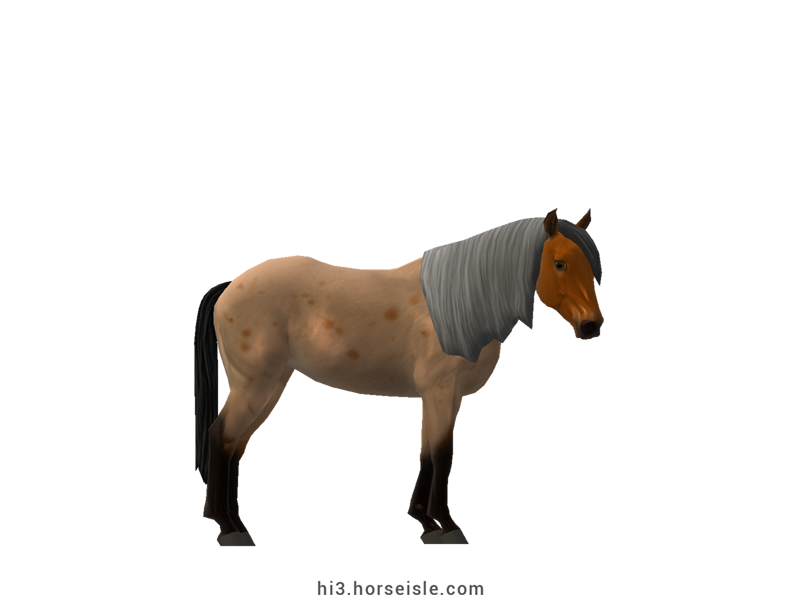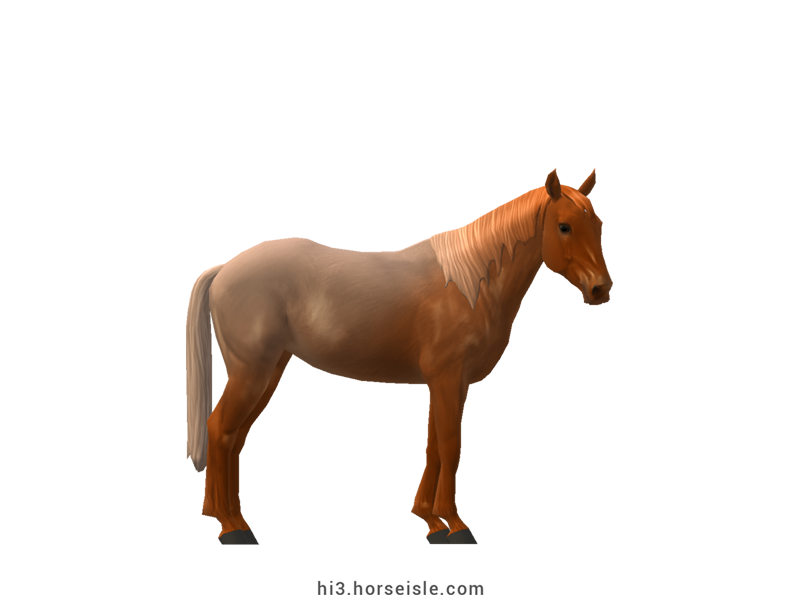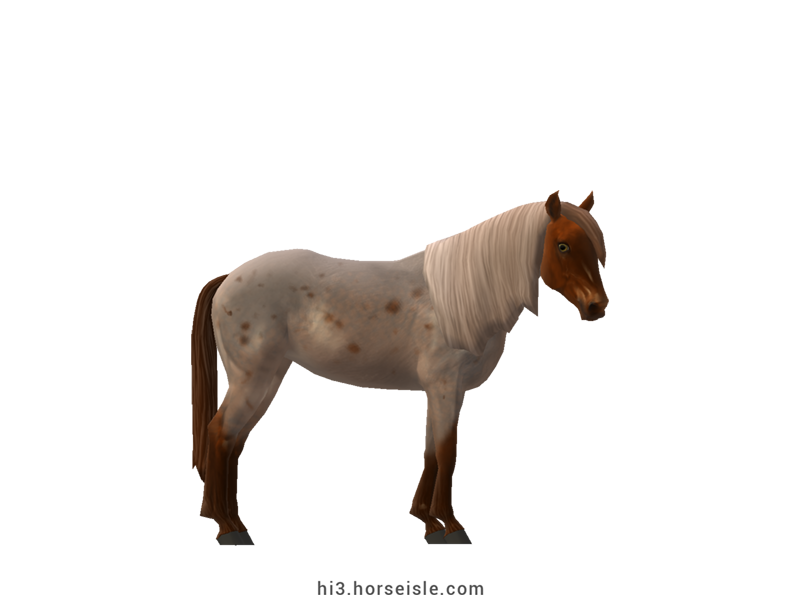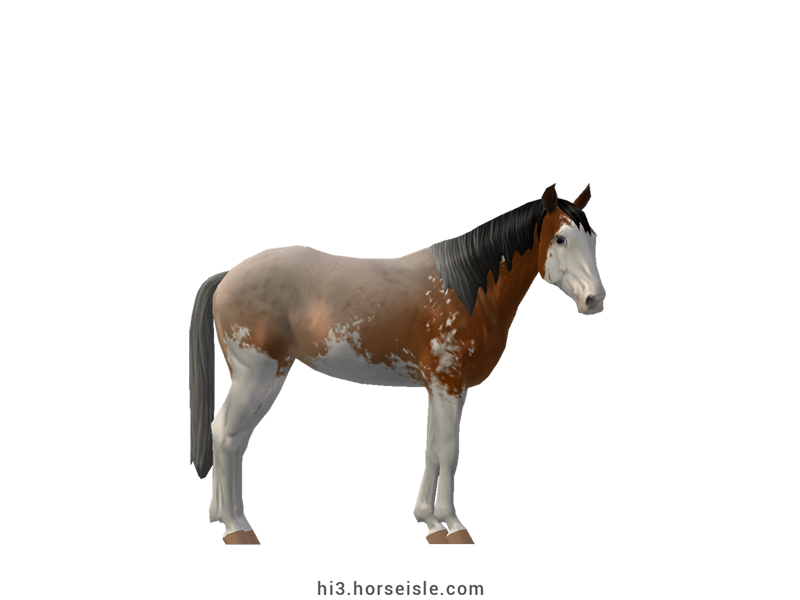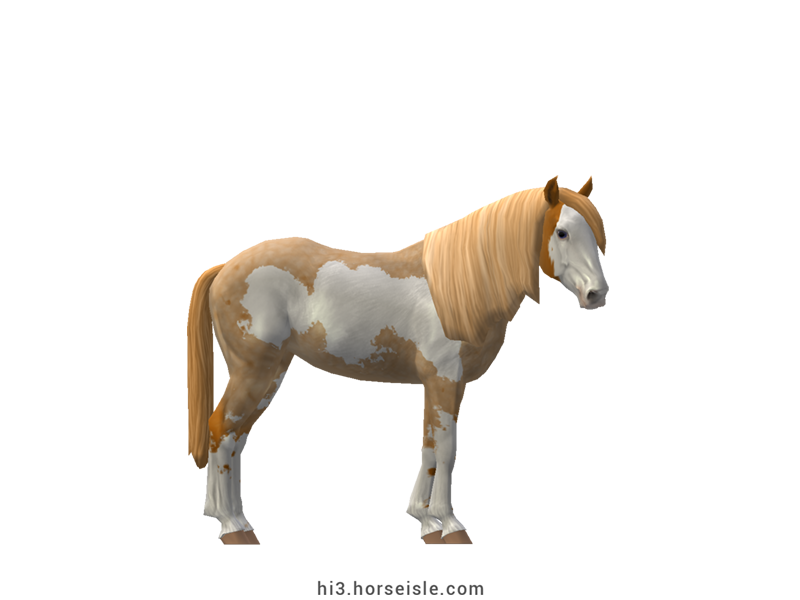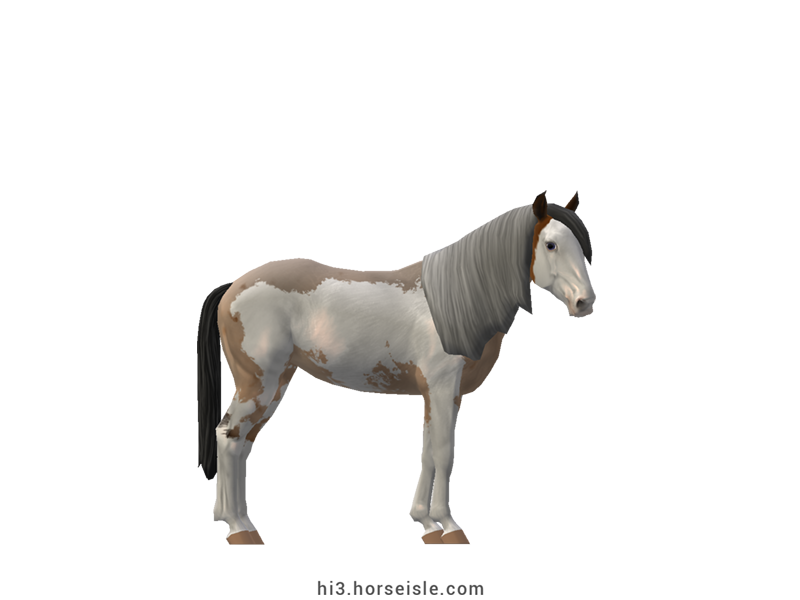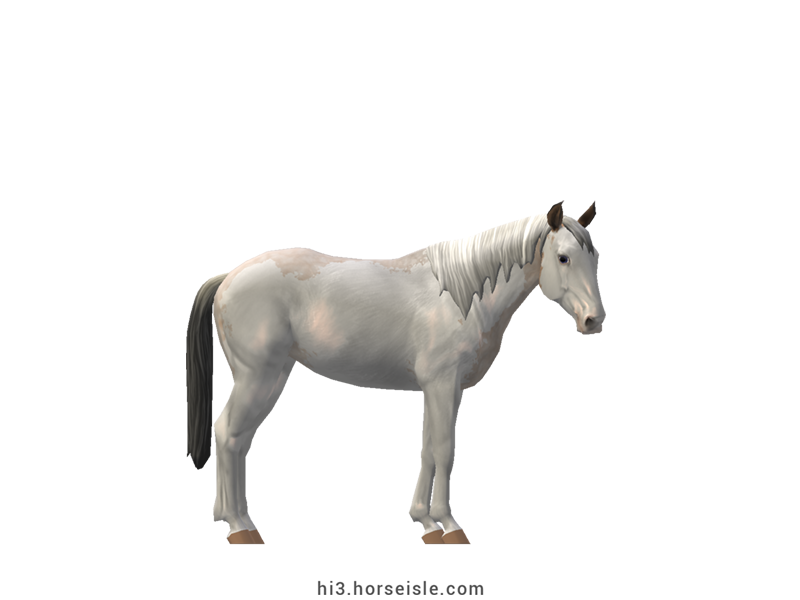Our Massive Real World Equine Reference!
[ INDEX ] Equine Type: Horse Breed: Nokota [ PREV ] [ NEXT ]
The wild horses in Theodore Roosevelt National Park:
In the 19th century, many herds of feral horses of various breeds, most of them of Spanish origin, and many of them bred by Native American tribes, used to roam the badlands of North Dakota.
Later, in the first half of the 20th century, during the 1940s, attempts were made to destroy these wild herds, in order to use the land to grow cattle. In parallel, Theodore Roosevelt National Park was established, and in the 1950s a few bands of wild horses were accidentally enclosed in it
By the 1960s, all of the wild Nokota horses who roamed free in North Dakota were gone, except for those who lived inside the park.
The removal of the stallions from the park:
During the 1980s, the management of Theodore Roosevelt National Park decided to change the appearance of the wild horses in the park in order to make them look more attractive to visitors. To achieve this, they captured many of the original wild horses, especially stallions, and replaced them with Quarter and Arabian horses that will breed with the remaining stock.
The horses that were captured were auctioned, and most of them were bought by the brothers Leo and Frank Kuntz.
The Kuntz borthers and the Nokota:
The Kuntz brothers noticed that these horses have an overall uniform appearance, and decided to learn more about them. Together with additional researchers, they found that these horses have Spanish ancestry, and descend from horses who belonged to Native American tribes.
Unfortunately, despite the uniqueness of these wild horses, the management of the Theodore Roosevelt National Park still chose to replace them with the more popular breeds. The park continued to capture and sell the original wild horses, and the Kuntz brothers continued to buy them when they could. They also coined a name for this unnamed breed: Nokota.
Saving the Nokota:
Starting from 1990, in order to preserve the Nokota and prevent its extinction, Leo and Frank Kuntz set up a breeding program for their Nokota horses. The herd in their farm, which still operates today, lives in semi-feral conditions.
In 1999, the Nokota Horse Conservancy was established, and most of the Nokota horses were moved from the ranch of the Kuntz brothers to the conservancy. The Nokota horses in this conservancy, which still exists today, live in feral conditions.
The Nokota today:
Nokotas are extremely smart horses with good agility, two traits which are vital for navigation and survival in the badlands.
Today, those traits make them good riding horses, and indeed Nokotas perform in a large variety of disciplines, from Western and English disciplines to endurance riding. In addition, some Nokotas can amble and make good trekking horses.
The Traditional Nokota and the Ranch Nokota:
There are two types of Nokota horses, both of which can be found in Horse Isle.
The first type is the 'traditional Nokota', which has a similar appearance to this of the Spanish ancestors of the Nokota breed.
The second type is the 'Ranch Nokota', which was created when American farmers and ranchers crossed Nokota horses with various breeds, before these Nokota horses became feral. Ranch Nokotas are larger and more suitable for sports, but still have an overall conformation which is similar to that of traditional Nokotas.
Conformation:
Regardless of their type, all Nokota horses share the same, icnonic, conformational traits, the most unique of which being their extremely angular hindquarters. Despite appearing to 'lack in hind muscles' compared to other horse breeds, Nokotas actually have powerful hind muscles which enable them to sprint instantly.
An additional interesting trait seen among Nokotas is their squarish frame (long legs but a short back), contrary to most other horse breeds who have a more rectangular frame. Another special trait are their eartips that can be curved inwards.
In general, Nokotas have a head of medium length with large eyes and a straight profile, prominant withers that connect to a short back, a sharply-sloped croup with a matching low-set tail, and long legs.
The length of the mane can be anywhere from short to long while the tail often grows long. The legs often have light feathering.
Performance metrics:
The following are the: range, average, (SD), and MOE of performance metrics of ordered Nokotas in Horse Isle (not bred ones). In rare cases,
Speed: 14.6-16.5, 15.6 (0.4), 0.07.
Sprint: 33-48, 41 (3), 0.53.
Accel: 0.74-0.90, 0.83 (0.04), 0.01.
Decel: 0.76-0.93, 0.84 (0.04), 0.01.
Jump: 5.05-5.41, 5.25 (0.06), 0.01.
Pull: 1.70-2.49, 2.02 (0.16), 0.03.
Turning: 42.50-57.86, 50.46 (3.44), 0.67.
Reverse: 2.4-3.1, 2.8 (0.2), 0.03.
Stamina: 44.72-51.08, 47.56 (1.32), 0.26.
Reaction: 0.63-0.76, 0.70 (0.03), 0.01.
Coats & Height:
Colors: bay, brown, black, chestnut, grey, and dun.
Additionals: flaxen, linebacked, mealy, rabicano, sooty, all rare patterns. Roan and frame-overo are extremely common compared to other horse breeds. White-spotted sabino also occurs.
Height: 14hh and 16.3hh.
[ INDEX ] [ PREV ] [ NEXT ]

